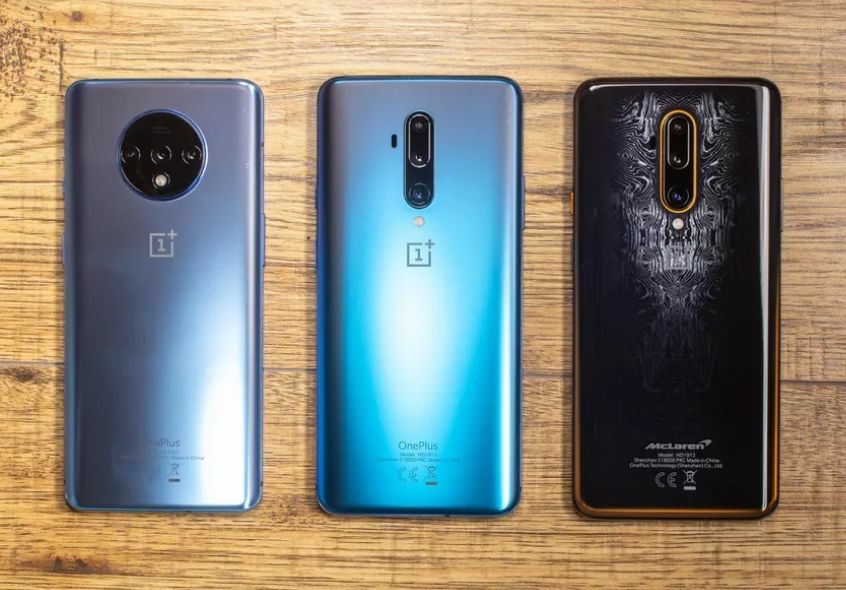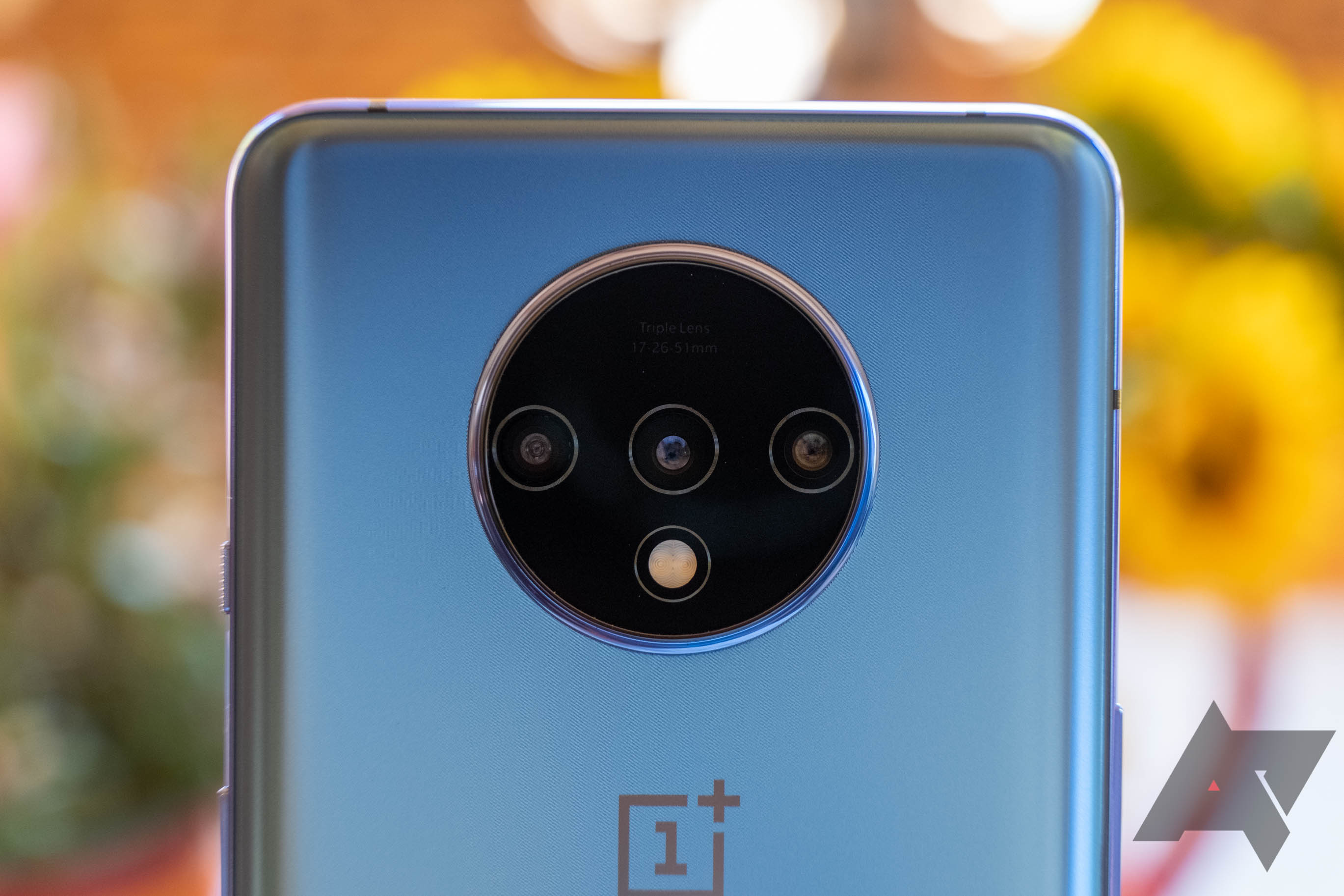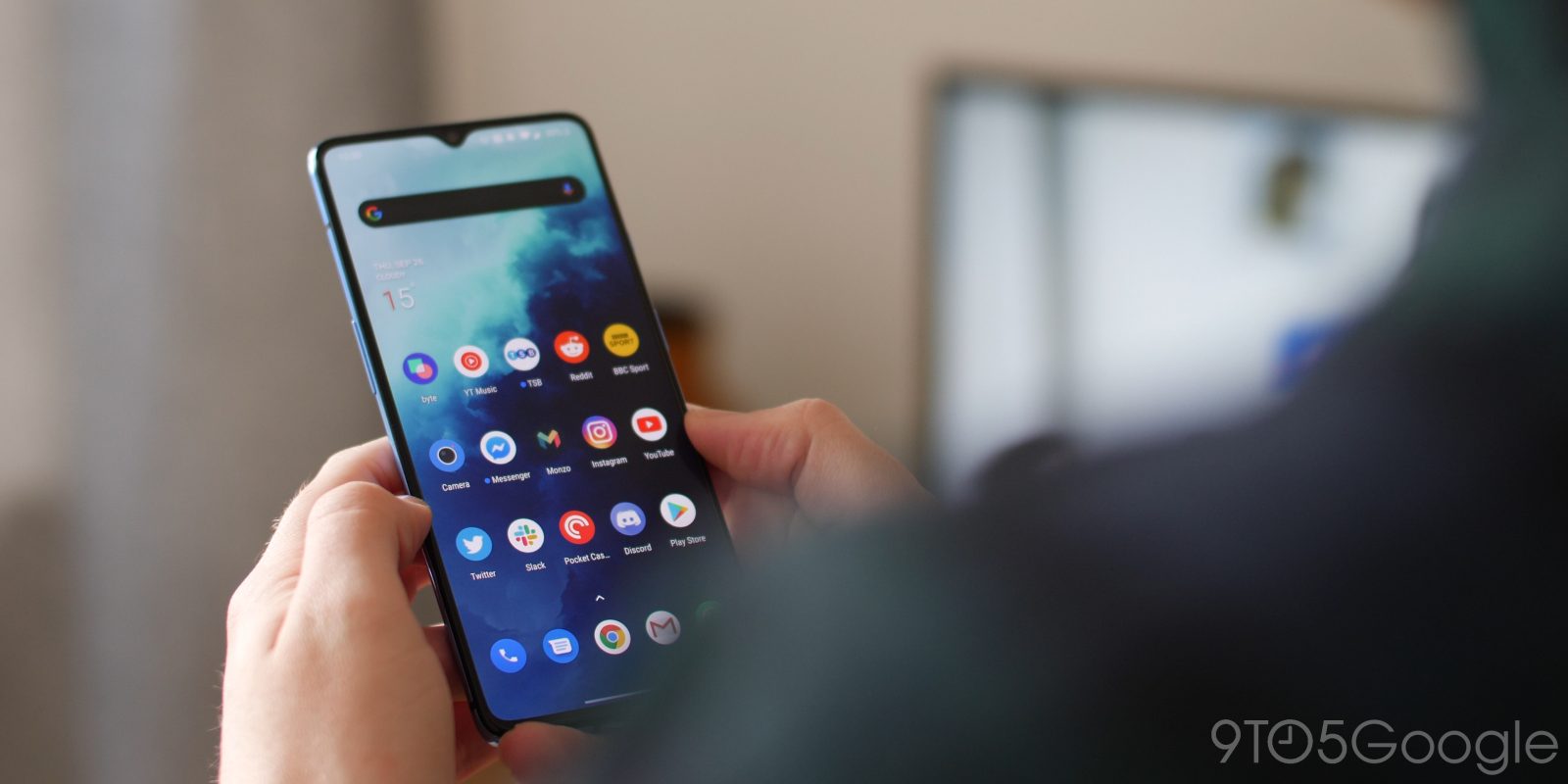OnePlus 7T: Better than premium?
OnePlus 7T Review - Better than premium?
OnePlus, the flagship killer subsidiary of Chinese manufacturer Oppo, has become much more prominent in today’s ever competitive market, even here in the United States with the Samsung-Apple duopoly. While Samsung and Apple aim to cram as many features as possible into slim but large-display devices, OnePlus aims to cut down on useless features and provide a clean out of the box experience. Samsung have definitely upped their software game since the TouchWiz days, but it’s still not quite there. The UI simply takes up too much RAM and resources that could be put to much better use. On the other hand, iOS is clean, lag free, and… rather boring and featureless, with little stand out features to attract the user.
OnePlus’ latest flagships, the 7T, 7T Pro, and 7T Pro 5G McLaren Edition, all look to cut down on the useless crap and bring peace to you and your phone with useful digital wellbeing features. Zen Mode allows you to wind down from the tech world and become more mindful of your usage, while focus mode blocks certain distracting apps to increase productivity. Wind down mode also helps prepare your body for sleep, grayscaling the entire display and enabling do not disturb to lessen your interest. What more can be revealed about these devices? Read on to find out more about the OnePlus 7T from T-Mobile!
1. Unboxing
Very few companies make the unboxing experience something that you will remember, and even fewer companies pack a few extras in the box. While OnePlus could’ve done slightly better, their efforts went above and beyond for most other companies. Even at first glance, the box intrigues anyone within the nearby vicinity. What makes this experience so special? Probably a mix of the fact that you know you got a really good deal on a really good phone and the unboxing moment.The actual box is lettered in OnePlus’ signature ‘Slate’ font speaking on behalf of the device that is currently boxed in its own environment. It was a little difficult opening the box, but after it opened I was welcomed by a letter from Pete Lau, CEO of OnePlus. Underneath was the phone itself, the see-through silicone case, handy help guides, the gloriously fast WarpCharge (which was one of the main reasons I bought this phone), and no dongle. The removal of the headphone jack and the lack of a dongle was quite infuriating, but I didn’t realize that hinderance until I tried listening to music the first time. I regularly used and marveled at my S9’s headphone jack, and the lack of the jack in this device really gets to me. Thankfully, a friend of mine recently got a Pixel 3, and didn’t need their dongle. Hopefully OnePlus can include one with their OnePlus 8 series devices. I skipped past both the help guides and the letter (though I did go back and read the letter afterwards) and went straight for the kill: setting up the new device.
2. Set-up
I didn’t actually know about the sound mode switch on the right side of the device until the moment I reached for the power button. It was one of the very few features I liked from Apple, and was now part of my new phone. I feel like the way OnePlus incorporated the nifty feature was a big improvement over Apple’s version, since it allowed you to put your phone in ‘vibrate mode’ as well as silent and sound. You can also disable all sound with a setting within ‘customization.’ A lot easier than unlocking the device and finding ‘Do Not Disturb.’
Anyway, the device booted up pretty quickly, and I was greeted with the same ‘Choose a language’ that every launcher begins with. However, as I went through the set-up process, I quickly came pretty annoyed at how many options there were at start up. I was overwhelmed at the options, but also wondering when I would actually get to the home screen on the device. A few of the options could’ve really been dealt with later, but I guess it’s useful for those not in a rush to use their phones.
3. Software
I’ve said it before, and I’ll say it again: you must have good software to compliment good hardware. I feel like OxygenOS comes as close as any version of Android or iOS to perfection, but hasn’t quite reached its maximum potential yet. I feel like the default system apps preloaded are a little distasteful for my liking, and the native dark mode is a little tricky to hunt for in settings. The UI also does not do a good job in 60 Hz mode, being as laggy as a 3G online multiplayer game. OnePlus actually sped up the animations when in 90 Hz mode to increase the difference in display performance, which is now why I cannot look at another phone’s display without getting mad at how slow it is. This device may have actually single-handedly ruined many future phones for me.
One of the highlights of using OxygenOS are the native customization options available with no need for any 3rd party apps or files. The launcher itself seems to be better than my go to 3rd party, Nova Launcher. Nova is probably one of the best 3rd party launchers for Android users to take full control of their devices’ home screen. While OxygenOS doesn’t give you quite as many options, it looks and feels so good that you really don’t need those few missing features. The extra features that aren’t in Nova also help its case.
The gesture system is also a lot more useful than I thought it was going to be, as I was completely opposed to the gesture bar system. The bar was just so Apple-like, and the back gesture seemed too finicky. However, after using the device for a few minutes, I loved it. Adored it even. I currently have the bar invisible, as that’s what I’m used to from the Galaxy S9, and allows a better viewing experience. I also chose to hide the notch, but the notch removal was implemented a little differently to how many other OEM’s deal with it. Instead of using the removed space for a always on time and notification area, they decided to push everything down into the viewing area. Not the best way, but it does its job: it removes the notch perfectly!
Android 10 brings some important notification and privacy management features and some other subtly useful features. I feel like there is so much to mess around with within the settings, but you really have to dig to find them. It’s definitely useful for someone who is privacy conscious, but the average user wouldn’t bother with them. I think OnePlus knew this and specifically made it harder to manage these permissions to stop regular users from not sending sensitive information.
4. Cameras
Camera quality is an important spec for even the least tech savvy and is definitely the pinnacle feature for all smartphone photographers. However, the tie between great hardware and software fall short this time around… The pictures taken on this phone are comparably just as bad as the Galaxy S9’s, but thankfully this device usually provides consistently alright photos that aren’t jaw droppingly amazing. The main 48 MP sensor does an incredible job with low-light photos, but it uses the same pixel binning technology that the newly announced Galaxy S20 uses with no way of shooting full 48 MP photos without pro mode. Though, to be fair, the 48 MP mode isn’t as good as the regular and the RAW options, so it may actually be justifiable within this sense.
The device also supports full 4K 60fps video, but is not enabled out of the box. You have to change the resolution settings within the ‘Video’ tab in the Camera app. Video is also limited to only 5 minutes in this mode, specifically not to overflow the device with camera footage. This may be a smart move in the storage saving sense, since there’s only one 128 GB variant, but many people may find this annoying that take long videos or frequently shoot videos. Nevertheless, videos come out clean and crisp, but could be improved for low light with the 48 MP sensor.
5. Display
One of my major worries about this device was the huge 6.55" Fluid AMOLED Display. It wasn't so much the fact that it would cause a lot of battery drain, but mainly because of its size. I loved the form factor and display size from my Galaxy S9, and felt close to perfect in size. However, this device is actually a little skinnier, but also a lot taller. One of the compromises of the display, however, was the lower resolution. Though, the difference between 1080p and 1440p really isn't significant, so it felt pretty much the same the whole time, but the fact that the display is 1080p instead of 1440p makes it seem more like a Pixel 3a or a Galaxy S10 Lite within the 7 series lineup. I wasn't bothered much about the non-curved glass display. In fact, I welcome it really.
6. Verdict
The OnePlus 7T is a pretty amazing phone, implementing a whole bunch of handy features that haven’t been present on other high end or mid range devices, all at a pretty low price. You get a fast charger that charges the 3,800 mAh battery in just 59 minutes from 0, a higher refresh rate for an ultra smooth display, and extremely loud speakers all for $600. Obviously, the device comes with some compromises, such as the lack of the dongle and headphone jack, no IP rating and no wireless charging, but those are more luxury features that don’t make you want to buy a phone. You wouldn’t just buy a Galaxy phone for its IP rating, or the latest iPhone just for the cameras. Overall, I would highly recommend this device to anyone looking for a cheaper device in today’s high-price tag market. It does better than most devices for half the price and comes with some pretty amazing features that are exclusive to the device.







Comments
Post a Comment
Comment on this article or post! Please use appropriate language, otherwise your comment will be removed!